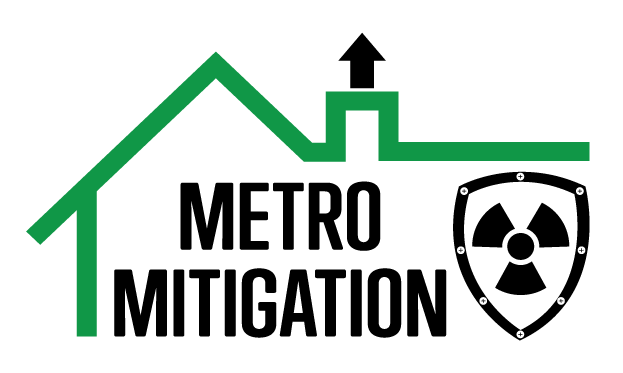FAQs
Metro Mitigation
Have a radon-related question? We have the answer. Check out these FAQs and give us a call today for more information!
-
What is Radon?
Radon comes from uranium, a radioactive metal that decays into another element called radium. Radium is approximately a million times more radioactive than uranium, making it a very dangerous element. The radium then continues the decay process and turns into a gas, called radon. Radon seeps into homes through the soil through small cracks, holes, or voids in basement slabs, crawlspaces, and slabs on grade. Radon gets trapped in the home and is breathed in by the occupants.
Two of every five homes in Minnesota contain high levels of radon gas. Nearly 80% of the counties in Minnesota are considered "High Radon Zones." Radon is responsible for at least 20,000 deaths every year in the US.
The EPA recommends mitigation at or above 4.0 pCi/L and recommends considering mitigation between 2.0 and 3.9. The World Health Organization recommends 2.7 pCi/L.

Share On: